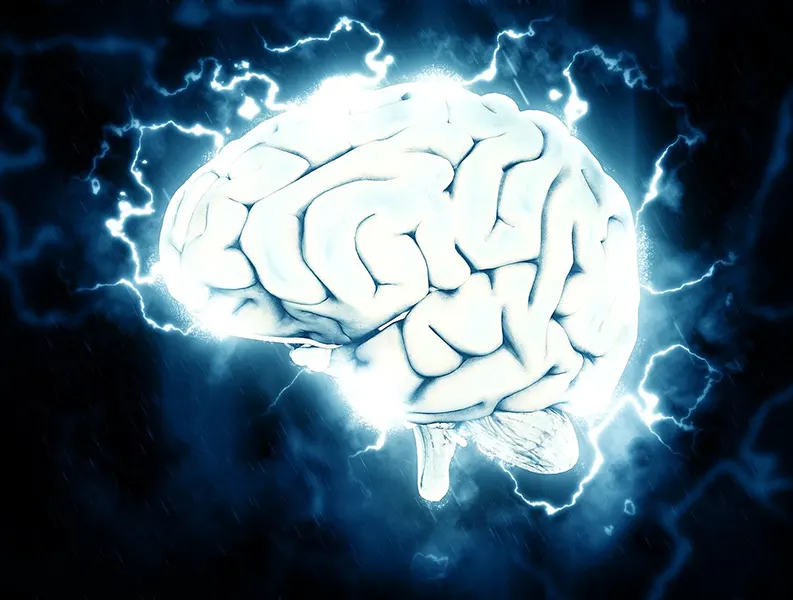Headaches are something nearly everyone has to deal with every now and again (unless you’re one of the lucky few who have never experienced a headache in their life and seem genetically immune to them!).
Headaches are a symptom connected to nearly every respiratory illness, which are the most common illnesses spread in society, and so the symptom is extremely common.
Respiratory illnesses can cause headaches due to several reasons:
- Sinus Congestion: In conditions like the common cold or sinusitis, nasal congestion and inflammation can lead to pressure build-up in the sinuses, resulting in sinus headaches.
- Increased Intracranial Pressure: Severe respiratory infections, such as pneumonia or bronchitis, can lead to coughing fits, which increase pressure within the head, potentially triggering headaches.
- Inflammatory Response: Respiratory infections often trigger an inflammatory response in the body, which can lead to the release of certain chemicals that may sensitize nerves and contribute to headache development.
- Dehydration: Fever and increased respiratory effort during illness can lead to dehydration, which is a known trigger for headaches in some individuals.
- Secondary Effects: Factors such as disrupted sleep patterns, fatigue, and stress associated with respiratory illnesses can also contribute to headache development.
In some individuals chocolate can trigger headaches due it containing compounds like caffeine and tyramine , particularly those sensitive to these substances or prone to migraines. Additionally, chocolate consumption may contribute to dehydration, which is a known headache trigger.
Headaches and stress are also closely intertwined, as stress can be both a trigger for headaches and a consequence of experiencing frequent or severe headaches.
Stress can lead to muscle tension in the neck, shoulders, and scalp, which can contribute to tension-type headaches. Additionally, stress activates the body’s “fight or flight” response, releasing hormones like cortisol and adrenaline, which can affect blood flow and neurotransmitter levels in the brain, potentially triggering migraines or exacerbating headache symptoms.
Chronic headaches are different, defined as a persistent and recurring pain in the head or neck region lasting for an extended period, typically occurring on more than 15 days per month for at least three months.
The causes of chronic headaches can vary widely but include tension headaches, migraines, medication overuse, underlying medical conditions such as hypertension or sinusitis, hormonal changes, stress, poor posture, dietary triggers, or neurological conditions.
The presence of chronic or severe headaches can lead to increased stress levels, as individuals may worry about the impact of their headaches on daily life, work, and relationships, creating a cycle where stress worsens headaches and vice versa.
Because of how common headaches are, many doctors initially assume they are the result of the respiratory illness or allergies. People themselves assume that headaches are just something to put up with and are generally reluctant to get them investigated because they assume it’s a waste of time to have a doctor investigate something so common.
Chronic headaches should however be taken seriously and thoroughly investigated, not only can chronic headaches can negatively impact daily functioning, work productivity, mental health, but also potentially leading to depression, anxiety, and social isolation. It’s also possible they are a complication of a more complex health problem that could be neurological, cardiovascular, autoimmune or many others.
Describing your headache accurately is an important part of the diagnosis, because the description can be a strong indicator of what is causing the headache.
There are several different types of headaches, including:
- Tension Headaches: Characterized by mild to moderate, dull, aching pain that typically affects both sides of the head. Tension headaches may be triggered by stress, poor posture, or muscle tension.
- Migraine Headaches: Often intense, throbbing pain, usually on one side of the head, accompanied by symptoms such as nausea, vomiting, and sensitivity to light and sound. Migraines may be preceded by aura (visual disturbances or other sensory changes) in some individuals.
- Cluster Headaches: Intense, severe pain usually localized around one eye or temple, occurring in clusters or cycles and often accompanied by nasal congestion, watery eyes, and restlessness. Cluster headaches are relatively rare but extremely painful.
- Sinus Headaches: Pain and pressure in the forehead, cheeks, or bridge of the nose, often accompanied by nasal congestion and discharge. Sinus headaches may occur with sinus infections or inflammation.
- Hormone Headaches: Linked to hormonal fluctuations, particularly in women, such as those occurring during menstruation, pregnancy, or menopause. These headaches may be migraine-like and often coincide with changes in hormone levels.
- Rebound Headaches: Also known as medication-overuse headaches, these headaches occur as a result of overuse or misuse of pain medications, leading to a cycle of worsening headaches when the medication wears off.
- Exertional Headaches: Occur during or after physical exertion, such as exercise, coughing, or sexual activity. These headaches are typically short-lived but can be severe.
- Thunderclap Headaches: Sudden, severe headaches that reach maximum intensity within seconds to minutes. Thunderclap headaches may indicate a serious underlying condition such as a subarachnoid haemorrhage or reversible cerebral vasoconstriction syndrome (RCVS).
Due to how common headaches are, most people know the general advice on how to treat them; OTC pain killers like acetaminophen (Tylenol / Paracetamol), hydration, rest, cold compresses, massage, relaxation techniques.
When it comes to treating chronic headaches, since they feel like a very deep seated headache, it’s often the case that normal methods don’t even touch such headaches.
Even strong painkillers can often not work, and at that point, you definitely need this issue investigating because normal therapy isn’t going to cure it and you need a health plan to tackle the symptom in a thorough way.









